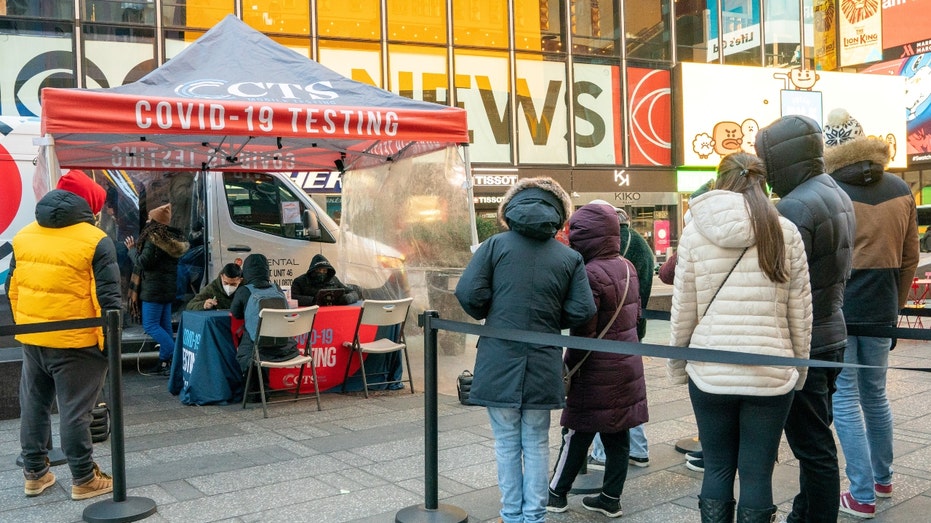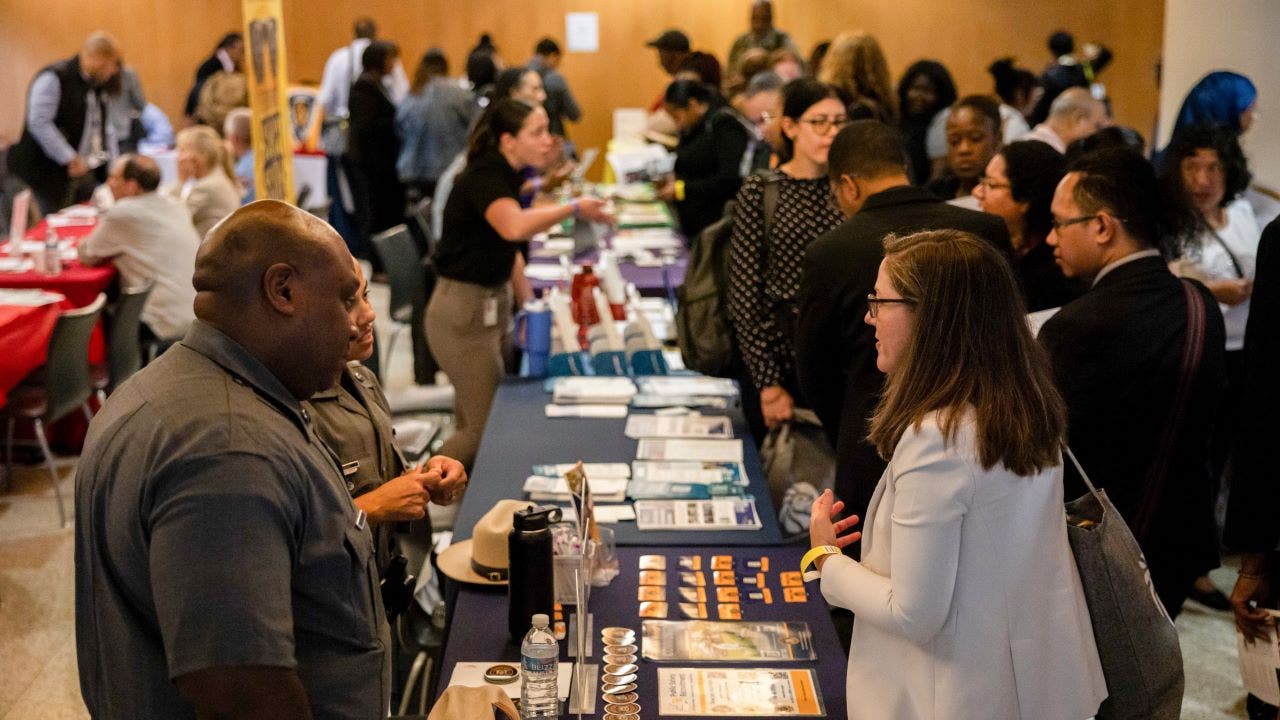The U.S. labor market is in a holding pattern with relatively low unemployment, but a slower pace of hiring has caused the share of long-term unemployed workers to stagnate amid economic uncertainty.
The Labor Department’s Bureau of Labor Statistics (BLS) tracks the number of individuals in the workforce considered long-term unemployed, which is defined as workers who have been unemployed for 27 weeks or more.
In April, the percentage of long-term unemployed workers as a share of the total pool of unemployed workers rose to 23.5%, the highest level in three years, when the economy was rebounding from the COVID pandemic and in the midst of the highest inflation in decades. It dipped to 20.4% in May and has remained above 20% since April 2024.
Allison Shrivastava, an economist with the Indeed Hiring Lab, told FOX Business that while economic data related to long-term unemployment can be “pretty noisy” on a month-to-month basis, she noted that the “long-term trend is moving in an upward direction.”
JOB GROWTH CONTINUED TO SLOW IN MAY AMID ECONOMIC UNCERTAINTY
“That metric, in particular, I look at it with things like layoff rates and quit rates, and it all kind of paints this picture of a stagnated labor market,” she explained.
“We do have a low unemployment rate, but all of this kind of tells me that if you’re in the labor market right now, you’re probably feeling OK. But if you’re trying to get into the labor market, you’re probably having a really difficult time because while nobody’s really laying off their workers, they aren’t adding to their workforce either,” Shrivastava said.
RECENT GRADUATES FACING ‘DETERIORATED’ LABOR MARKET AS UNEMPLOYMENT REACHES HIGHEST LEVEL IN YEARS

The share of long-term unemployed workers among all unemployed individuals hit an all-time high of just over 45% in 2010 and 2011 during the Great Recession and slowly declined over the decade, falling below 25% for the first time in 2016 and 20% in 2019.
It surged again during the COVID pandemic, reaching nearly 43% in 2021, before dipping below 20% in mid-2022 and reaching a post-pandemic low of 17.6% in Feb. 2023.
FED CHAIR POWELL SAYS US ECONOMY IN A ‘SOLID POSITION’ AS CENTRAL BANK WEIGHS RATE CUT TIMING
Liz Bentley, founder and president of a consulting firm, told FOX Business, “It’s definitely a tough state out there of people not being able to bounce back when they’re losing jobs or even leaving jobs as quickly as they thought.”
Bentley noted that workers who find themselves unemployed for a long-term period face financial strains on savings due to a lack of income while also missing opportunities to generate income or save for retirement and other financial goals.
It can also hamper career momentum. Bentley added that long-term unemployment isn’t unique to workers at a particular stage of their careers.
“This is still happening to people in their 30s, 40s, 50s, whatever you want to call mid-career. It does hit people of all ages, and it has a significant impact. In fact, we really encourage people to move quickly to get back in the job market if they do get laid off or they do decide to make a change,” Bentley said.
